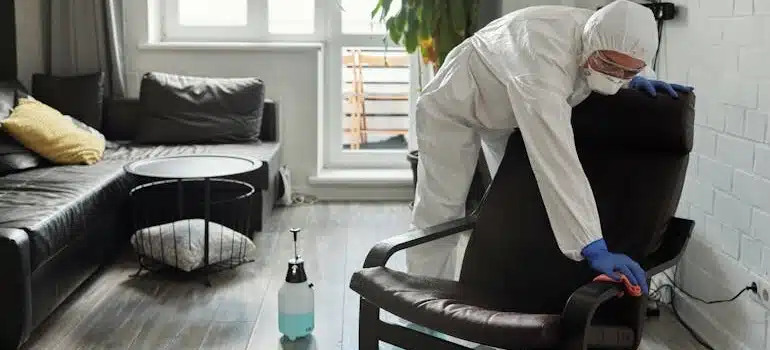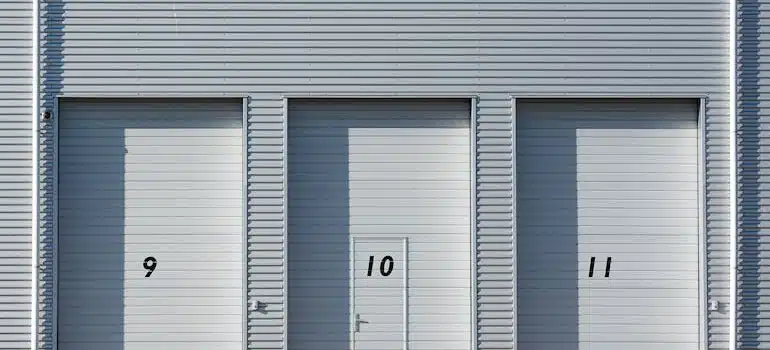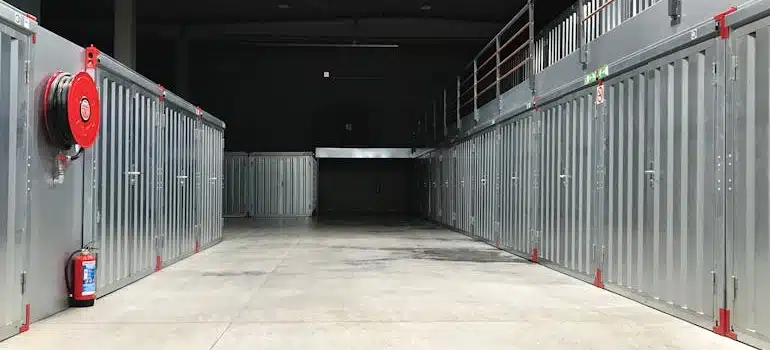How to pest-proof your storage unit
Opening your storage unit should never feel like stepping into a nature documentary. Yet in Miami’s subtropical climate, where bugs and critters thrive, any unattended corner could become a pest playground. Its heat and humidity give pests a year-round invitation to nest, chew, and contaminate. And once they’re in, they rarely leave quietly. You don’t want roaches nesting in your linens or mice turning your holiday décor into a chew toy. A bit of upfront effort to pest-proof your storage unit saves you from a mess and an expensive cleanup later. So let our Miami moving and storage pros advise you how to keep your valuables safe from unwanted intruders—furry, winged, or six-legged.
Miami’s most common storage unit invaders
Every region has its usual suspects. In South Florida, the following pests are practically regulars at any storage facility lacking proper safeguards:
- Rodents have a knack for squeezing into tight spaces and will chew through cardboard, insulation, and wiring like it’s their job. Storage units provide shelter and silence; the perfect combo for nesting.
- Palmetto bugs (Florida’s supersized cockroaches) don’t just make your skin crawl. They spread bacteria and multiply fast. They’re drawn to dark, warm spaces and thrive in humidity.
- Ants may be tiny, but their colonies are anything but. Once they detect the faintest scent of food or sugar residue, they march in by the hundreds. In South Florida, some species can even pose a threat to wood structures, making termite prevention in storage equally important.
- Silverfish are Florida storage pests that feed on paper, glue, and fabric. If you’ve stored books, wallpaper, or clothing, these bugs treat it like a buffet.
- Spiders are often attracted by the other pests they prey on. Their presence usually means something else has moved in first.
- Bed bugs can be brought in unintentionally via furniture, mattresses, or boxes. Once settled, they’re infamously hard to detect until the problem spreads.
Knowing your enemy is half the battle. The other half is renting well-maintained, pest-controlled storage in Miami, ready to protect what matters most to you.

How pests damage your stored belongings
Infestations don’t just affect what you can see. Pests can hollow out furniture cushions, turn cardboard boxes to mush, and contaminate every surface they touch. A single rodent can damage dozens of items in a short visit. Insects are no better; some chew, others stain, and many carry bacteria or allergens.
Delicate fabrics, photo collections, electronics, wood furniture, and paper documents are especially vulnerable. Damage might not show until months later, when mold, stains, or chewed edges reveal themselves. That’s why Florida storage regulations require facilities to enforce strict rules, and why renters must comply closely to avoid costly surprises.
Steps that actually keep pests out
Pest-proofing in Florida is all about doing the basics better. Each step below builds a solid line of defense for your storage unit in Miami’s pest-prone environment.
Start with a clean slate
If you want to pest-proof your storage unit in Florida, every item going into it should be spotless. Vacuum furniture, wipe down appliances, and make sure everything is dry. If you’re unsure where to store your prepared belongings, local movers in Hollywood FL often partner with or use them regularly.
This area sits between Miami and Fort Lauderdale, making it a strategic hub with access to well-maintained storage facilities serving multiple South Florida communities. Movers based there often work with reputable units and know which ones take pest control seriously.
Switch to sealed plastic bins
Cardboard boxes are vulnerable from every angle. Plastic containers with tight-fitting lids keep bugs out and resist moisture. They stack more securely and don’t collapse under pressure or humidity.
Lift your items off the floor
Wooden pallets or metal shelving reduce contact with the ground and improve airflow. It also helps identify pest activity early, since droppings or nesting material become more visible.
Cover furniture the right way
Avoid wrapping couches and mattresses in plastic, which can trap South Florida’s moisture and promote mold. Use breathable fabric covers or specially designed storage protectors. Thus, ventilation without compromising protection is something local movers in Miami often recommend for long-term storage in our humid climate.

Keep anything scented out
Food is a no-go for a rodent-proof storage unit, but even candles, soap, or essential oils can be pest magnets. Hence, if something smells good to you, it probably smells even better to a cockroach or rodent.
Choose a climate-controlled unit
Not all storage units are created equal. In Miami, where humidity can climb overnight, climate control helps regulate moisture and temperature, two key factors in preventing infestations and mildew.
Visit regularly
Units that are never checked are more likely to become havens for various types of local pests. Drop in every few weeks. Also, bring a flashlight, lift a few covers, and look for telltale signs like droppings, chewed materials, or insect shells.
Picking the right storage facility
Your efforts won’t go far if the facility itself isn’t holding up its end. Therefore, choose a storage company that prioritizes cleanliness and pest control in Florida storage. Look for units with secure seals, on-site management, and evidence of regular maintenance.
Ask how often pest inspections take place and whether and which treatments are used to protect storage unit from bugs and other pests. A good facility is one that actively prevents infestations.

Pest-proof your storage unit with our FAQ and answers
Do you have questions about keeping pests out of your storage unit? Here are the answers Miami locals are itching to know.
Q: How do I know if my unit has pests?
A: Just like you’d do to pest-proof your home, look for signs like shredded cardboard, chewed corners, droppings, odd smells, or pest carcasses. If anything seems off, inspect closely and inform the facility right away.
Q: Is plastic furniture wrap okay for long-term storage?
A: Only for short periods. Over time, plastic traps humidity and can lead to mold or mildew. Use breathable covers for longer storage needs.
Q: Does moving insurance cover damage caused by pests in a storage unit?
A: Typically, moving insurance does not cover pest-related damage in storage units. So it’s important to read the fine print and consider additional protection if you’re storing valuable or sensitive items.
Q: What if my belongings get infested anyway?
A: Act fast. Remove and isolate affected items. Clean thoroughly or discard anything that’s been damaged. Notify facility management so they can take additional steps.
Q: Can I leave traps or deterrents in my unit?
A: Yes, but stick to passive, non-toxic solutions unless the facility permits stronger methods. Lavender sachets, cedar, and sticky traps are all low-impact options to pest-proof your storage unit.
